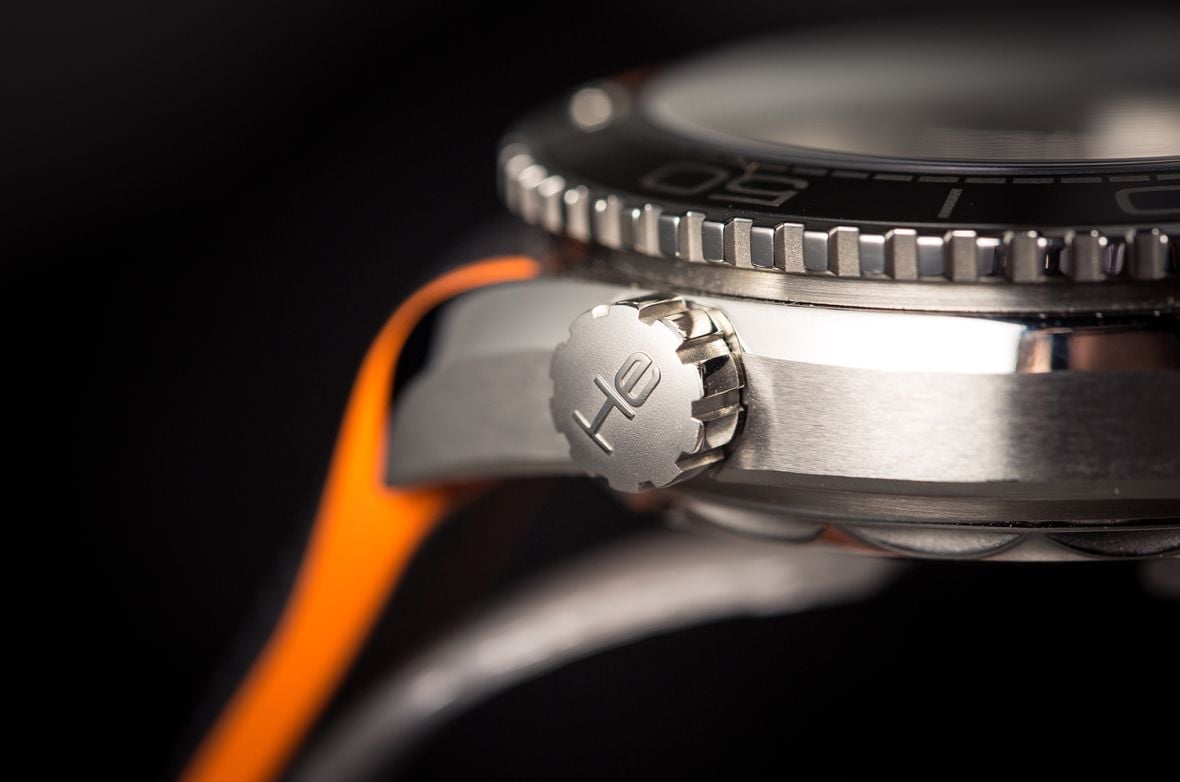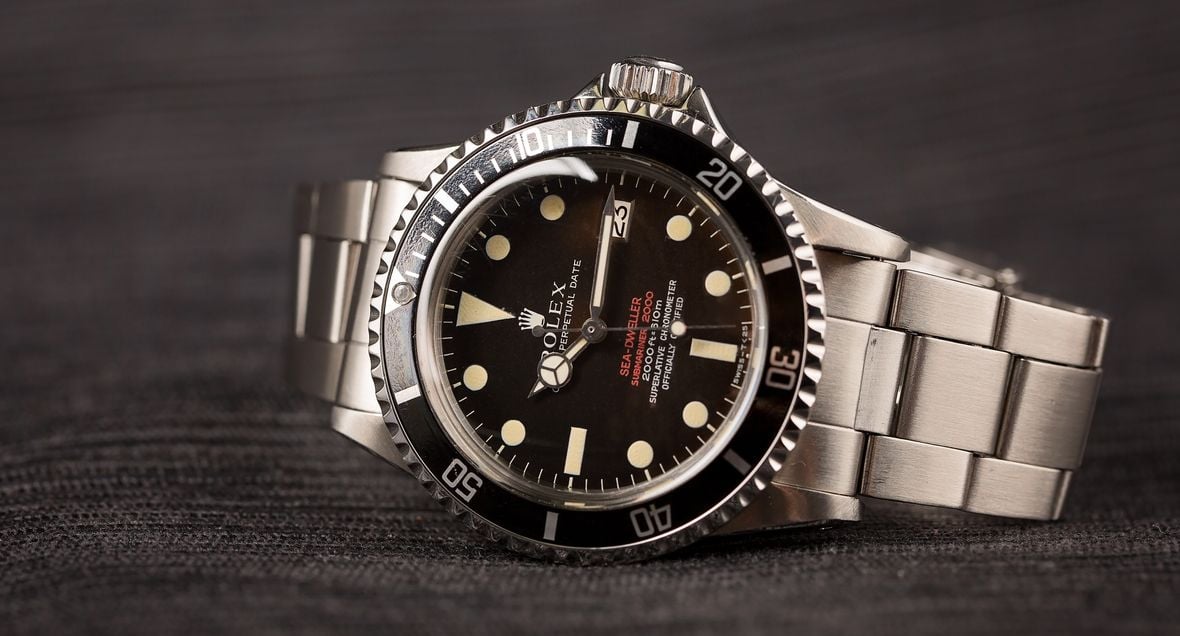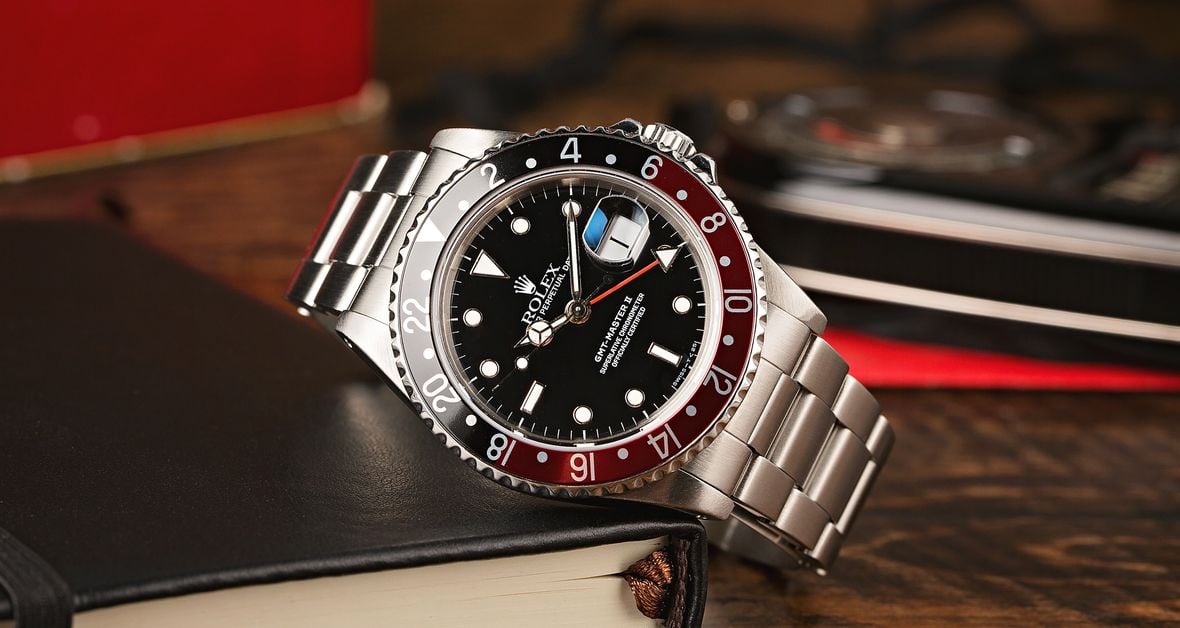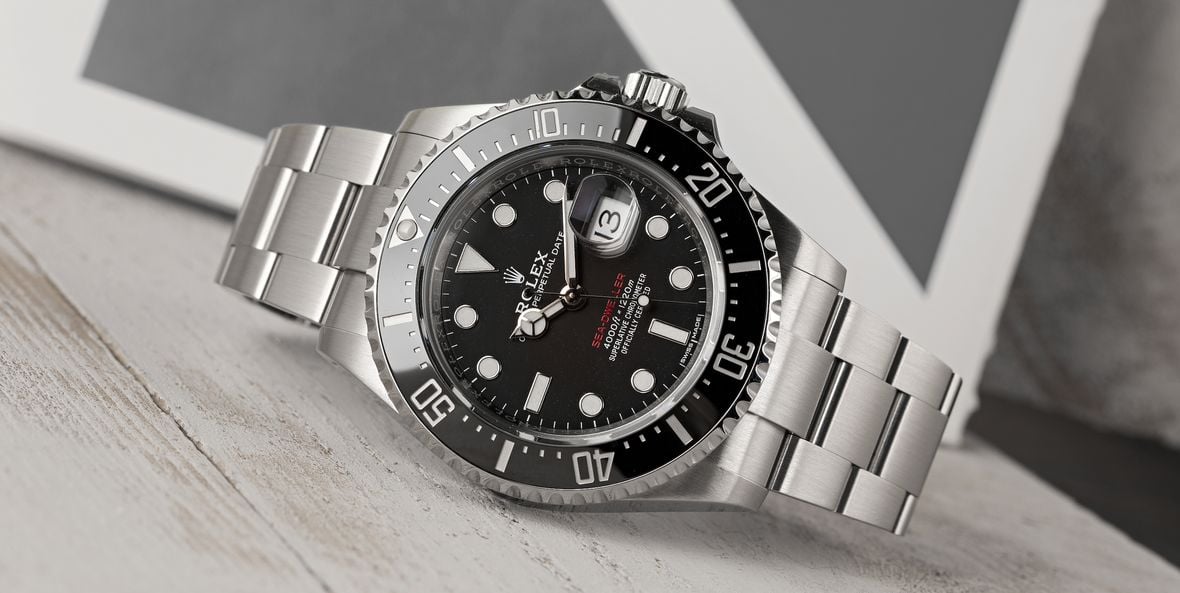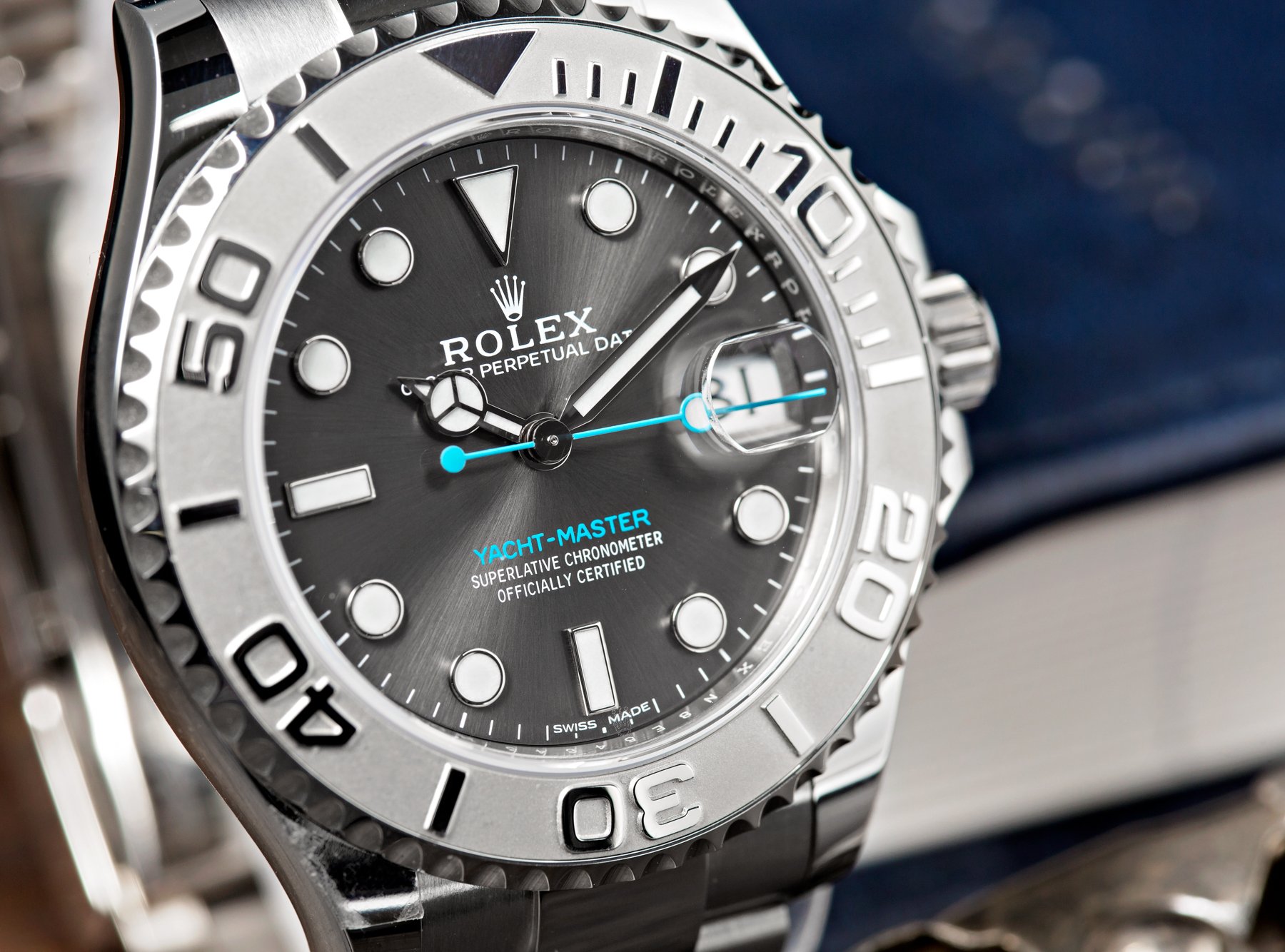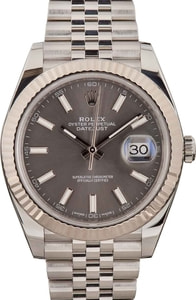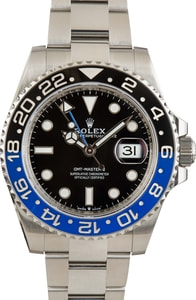Anyone with even the slightest passing interest in dive watches will have almost certainly seen the words, “helium escape valve” appear on a watch’s specs sheet at one point or another during their collecting journey. Most frequently found on professional divers from some of the world’s top luxury watch brands, it would almost seem that all of the best dive watches have helium escape valves (often abbreviated as HEV). However, what exactly is a helium escape valve, how does it work, and do you actually need one?
There is arguably no single category of timepieces more popular than that of dive watches, and virtually every brand now offers dive-oriented models as part of their contemporary portfolio. With that in mind, helium gas escape valves are possibly the single most misunderstood concept in all of watch-collecting and most people will never need one at all. Upon the first impression, they would seem to be a requirement of any serious diver; however, helium release valves actually have nothing to do with scuba diving or even water resistance. In fact, if you ever find yourself in a situation where you actually require a watch with a helium escape valve, you can almost guarantee that neither you nor your watch will even be wet at all. So, why is it that so many professional dive watches have them, and what is all the fuss about?
In this article, we are going to break down everything that you need to know about helium escape valves, including what they are, why they exist, how they function, and what kind of divers actually need them. So, let’s dive in and take a closer look!
The Helium Escape Valve
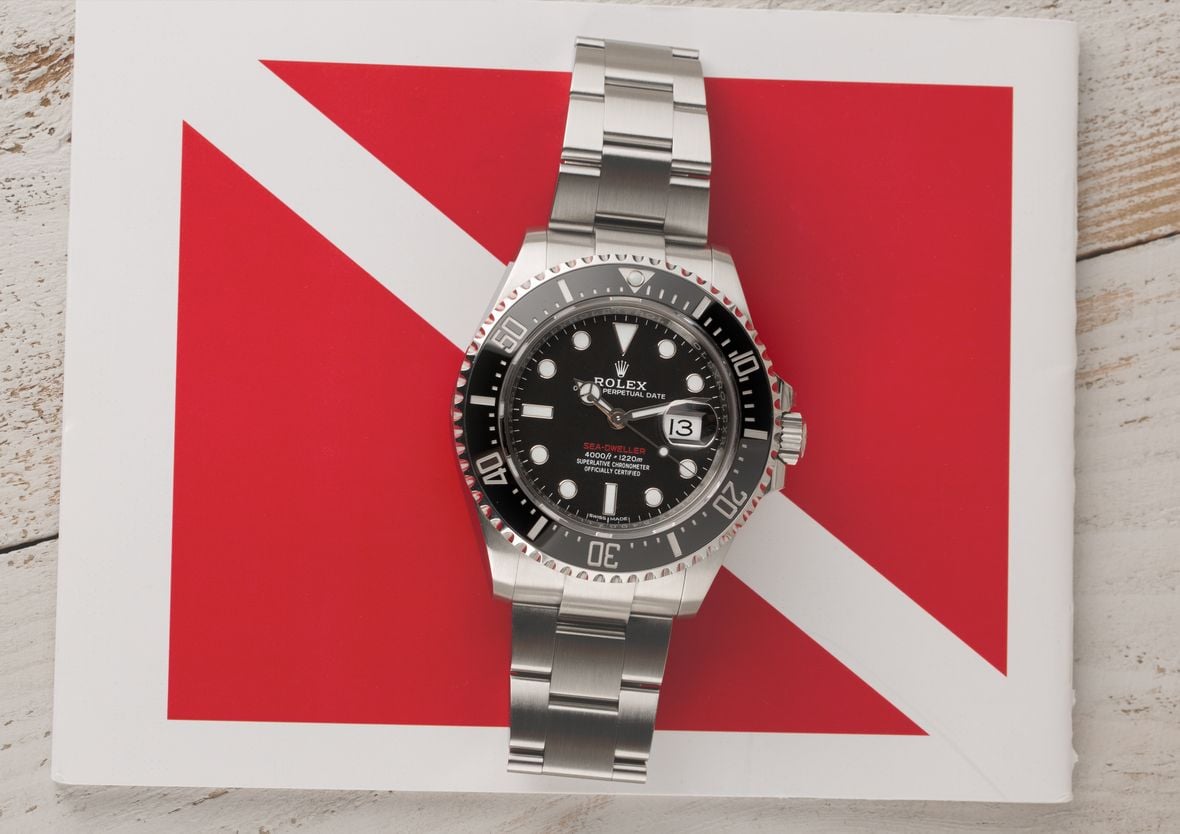
Famous Watches with Helium Escape Valves
– Rolex Sea-Dweller
– Rolex Deepsea
– Omega Seamaster Diver 300M
– Omega Planet Ocean
– Tudor Pelagos
– Breitling Superocean
– Panerai Luminor Submersible
– Oris Aquis
– Oris ProDiver
– Tissot Seastar
– Doxa Sub300T Conquistador
Click here for our Ultimate Buying Guide on dive watches.
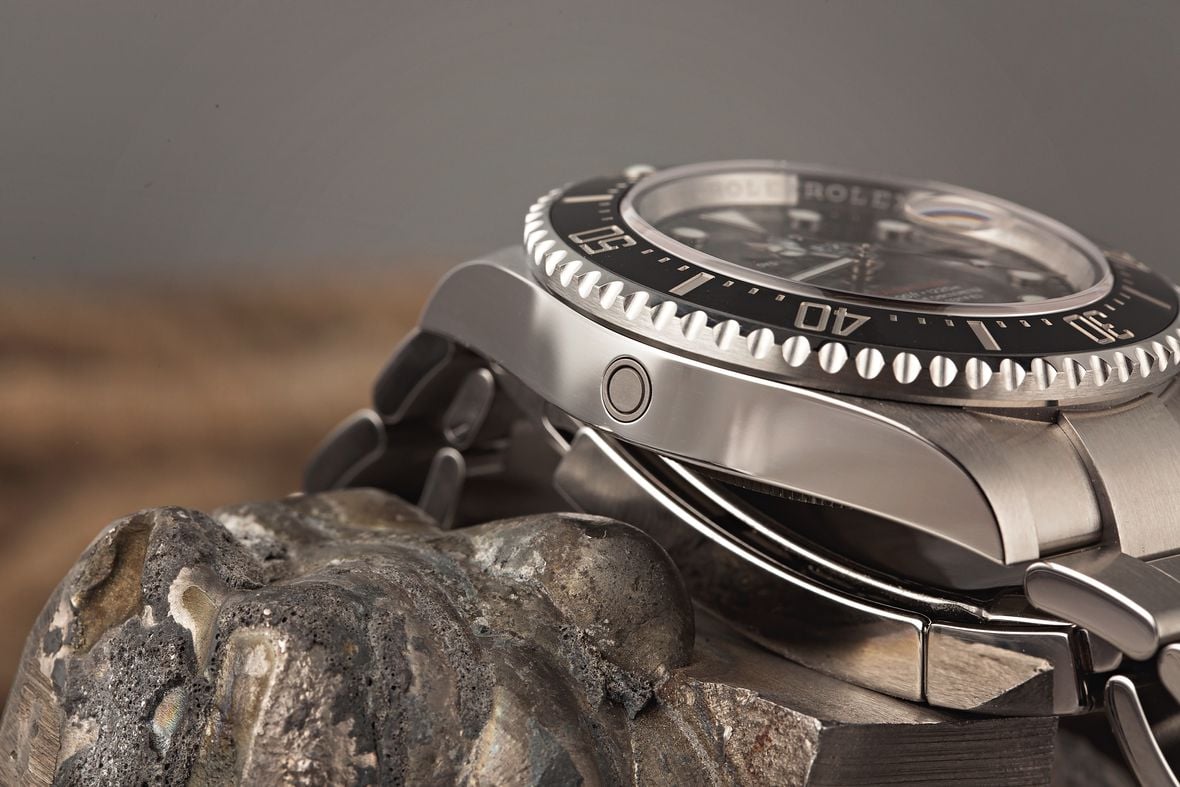
What Is A Helium Escape Valve?
Helium escape valves are small one-way purge valves that are fitted to the cases of certain professional dive watches. They can either be automatic or manually operated, and they frequently appear as either small metal circles that sit flush against the side of the case (in the case of the automatically-operated variety) or as a secondary crown protruding from the side of the case should the valve be manually-operated.
It is important to note that helium escape valves are not a requirement of ISO 6425 (the international standards that outline what manufacturers can call a dive watch). Therefore, only some divers are fitted with helium escape valves – particularly those intended for commercial use – and while an increasing number of professional dive watches now feature them, they really are a highly-specialized feature that only gets used for the most technical and advanced type of deep-sea diving. In fact, many of the world’s most iconic and famous dive watches such as the Rolex Submariner, Omega Seamaster 300, and Tudor Black Bay do not feature helium escape valves at all, and they are in no way less capable or water-resistant because of it.
Helium gas escape valves can come in different shapes and forms but regardless of the specific style, location on the watch, or manufacturer that is producing them, the core purpose of a helium release valve is the exact same: to permit trapped helium gas molecules safely exit the watch case in a safe and controlled manner. So, how exactly do the helium molecules get trapped inside a watch in the first place?
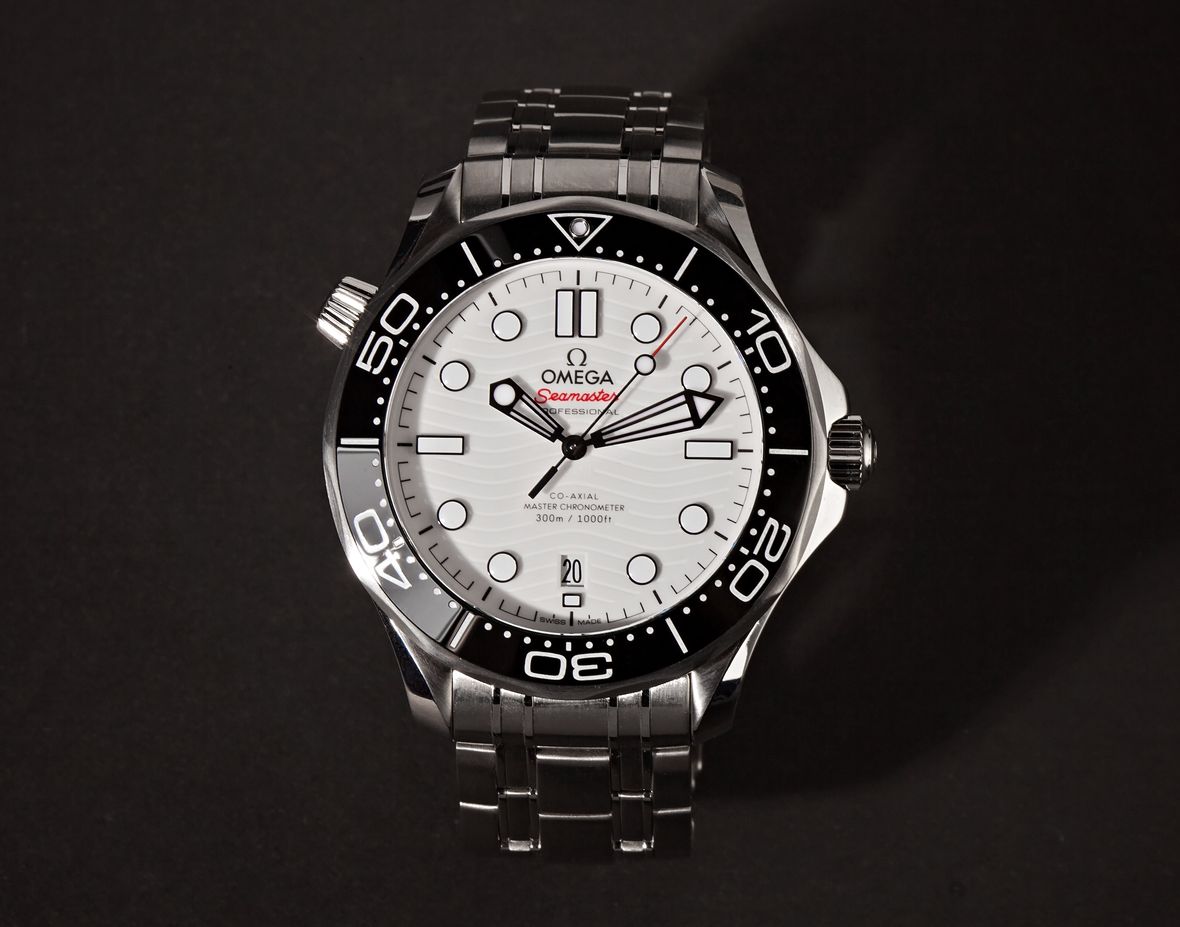
The Purpose Of A Helium Escape Valve
When work needs to be carried out deep below the surface of the ocean, saturation diving is the method used by commercial divers to reach depths greater than what is possible through standard scuba diving alone. Humans are very good at diving to great depths, but it is returning back to the surface (specifically the decompression aspect of it) that is most challenging for us from a physical standpoint. While diving, the gas molecules in the air that we breathe get dissolved into our blood and tissue. As decompression occurs, those gas particles get released, but if decompression happens too rapidly, they can form bubbles and this can have permanent and even fatal consequences (often referred to as decompression sickness or the bends).
To ensure that the gas molecules do not get released too rapidly, the decompression stage must be drawn out to allow enough time for them to safely leave the body and depending on how deep you were diving or how long you remained at depth, this process can sometimes take multiple days. Since it would not be practical for commercial divers to spend days decompressing after each dive, saturation divers live in dry, pressurized environments that can be lowered into the ocean. This allows them to freely enter and exit the water, and only go through decompression once – at the very end of the dive. Although this solves the decompression issue, normal air actually becomes a problem for divers to breathe once they reach significant depths.
One of the fundamental issues with diving is that nitrogen – which makes up approximately 78% of the regular air we breathe on earth – has a narcotic effect for humans at high pressures. When consumed at our standard atmospheric pressure, breathing nitrogen has no perceivable effect at all. However, the deeper you dive and the longer you stay down, the greater the effects, and a diver suffering from nitrogen narcosis ultimately exhibits symptoms that are similar to being drunk. As you might imagine, it is imperative for divers to stay alert and focused while they are underwater, and anything that distracts them (especially the disorienting effects of nitrogen narcosis) can have fatal consequences.
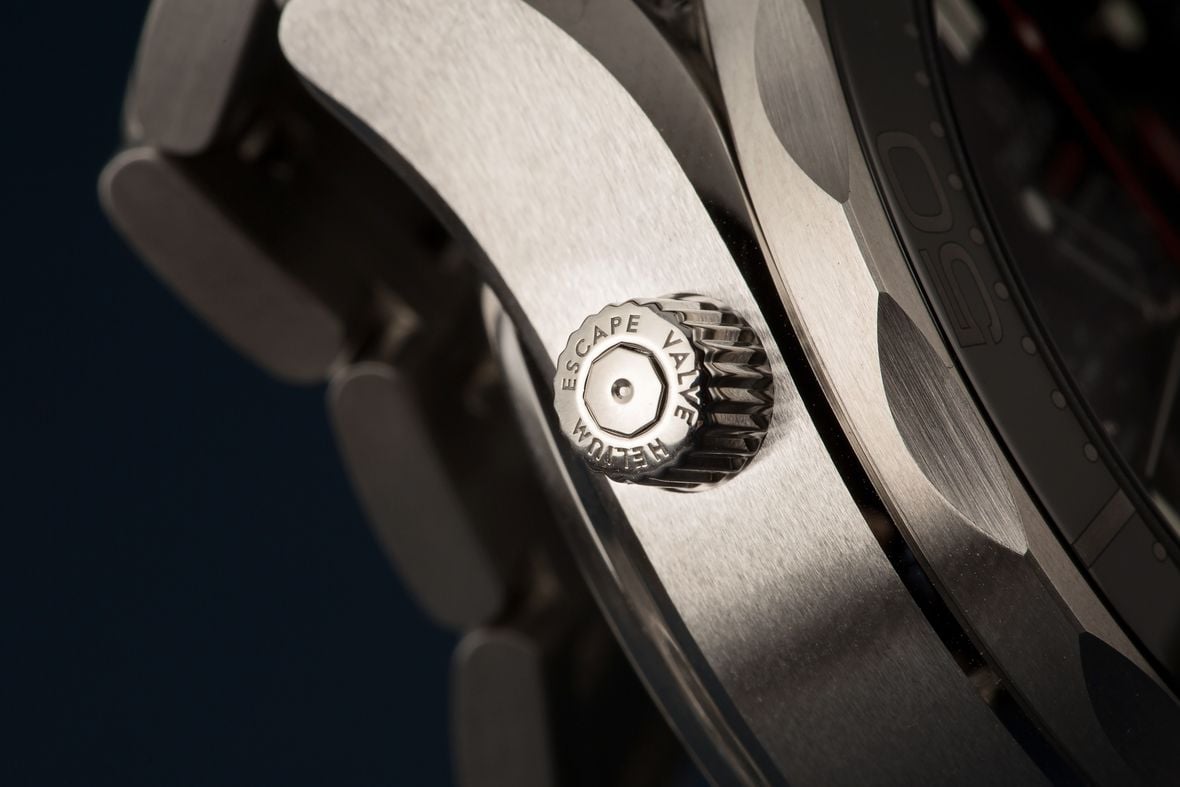
Decompression and Trapped Helium Molecules
To eliminate the negative effects of nitrogen narcosis, helium replaces nitrogen in the diver’s breathing gas mixture. Helium is inert and safe for divers to breathe at depth, but due to the fact that helium molecules are smaller than nitrogen molecules, a helium-rich breathing gas mixture creates a new issue for the diver’s watches. The tiny helium particles are small enough to be squeezed past a watch’s gaskets, and due to the high pressures present inside the divers’ dry living environment (known as a diving bell), they inevitably work themselves into the case during the days or weeks that a saturation diver spends inside the diving bell while on assignment.
The trapped helium molecules are not an issue for the watch as long as it says under pressure. However, just like the human divers that wear the watches, it is only during the decompression stage where the actual problems begin to arise. Dive watches are very good at withstanding extreme external pressures, but they were never designed to contend with pressures originating from inside their cases. For the trapped helium gas, volume increases as pressure decreases – and as the pressure inside the diving bell returns to its normal sea-level values, the helium molecules that are stuck inside the case begin to expand. This creates a significant internal pressure that can be strong enough to force a watch crystal clear from its case.
The purpose of a helium escape valve is to allow the trapped helium molecules to safely vacate the watch case in a controlled manner before the built-up internal pressure reaches a point that risks damaging the watch. Therefore, a helium escape valve has nothing to do with a watch’s depth rating and it does not in any way have an impact on its actual water resistance. A helium release valve will be closed anytime that a watch is in the water, and the only time that a diver will actually require a helium gas escape valve will be during the decompression stage of a saturation dive, which will always be carried out in a completely dry environment.
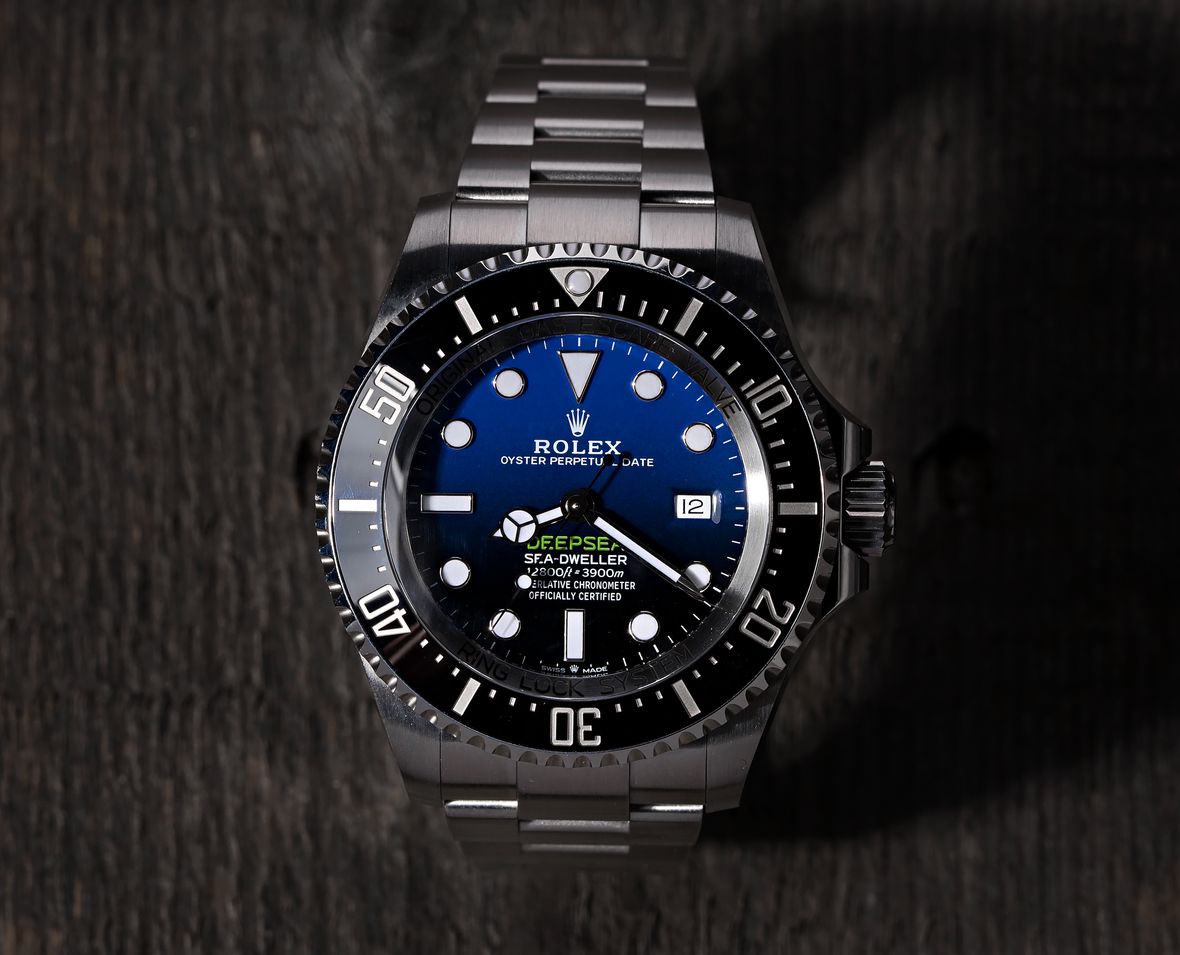
How Does A Helium Escape Valve Work?
Generally speaking, helium gas escape valves fall into one of two categories: automatic or manually operated. However, regardless of their style or the specific watch to which they are fitted, the core concept behind their operation remains the same. Their sole purpose is to function as a one-way valve that can let built-up pressure vent out in a safe and controlled manner without letting water, dirt, or debris inside the case.
Automatically operated helium release valves most frequently appear as small circles that sit flush on the side of a watch’s case – such as the type found on the Rolex Sea-Dweller and Deepsea. As their name suggests, they automatically engage when the internal pressure reaches a certain level and they require no input or action on the part of the wearer. These one-way valves are kept closed by a specialized internal spring, and when internal pressure becomes great enough to compress the spring, the valve quickly opens and lets the trapped helium purge out. Once the pressure equalizes, the tension of the spring instantly shuts the valve, ensuring that the watch stays sealed against moisture and dirt.
Manually operated helium escape valves typically appear as additional crowns mounted on the side of the case. Notable examples include the Omega Seamaster Diver 300M and the Planet Ocean, which both feature small manually operated valves protruding from their cases at the 10 o’clock location. Unlike their automatic siblings, manually operated helium escape valves must first be unscrewed before they can allow trapped helium to exit the case, and they must remain open for the entire duration of decompression in order to fully allow the pressure inside the watch to equalize with its surrounding environment.
From a strictly functional standpoint, automatically operated helium escape valves offer a superior design, as they require no action on the part of their wearers and will do their job no matter how preoccupied the diver might be during decompression. Additionally, since they are only open for a split second while pressures are being equalized, the potential for dirt/debris to enter the case through the opening is minimal. With that in mind, some collectors prefer manually operated valves for the added visual intrigue of having a second crown on the case, and also for the ability to screw the valve shut to offer added security when not in use.
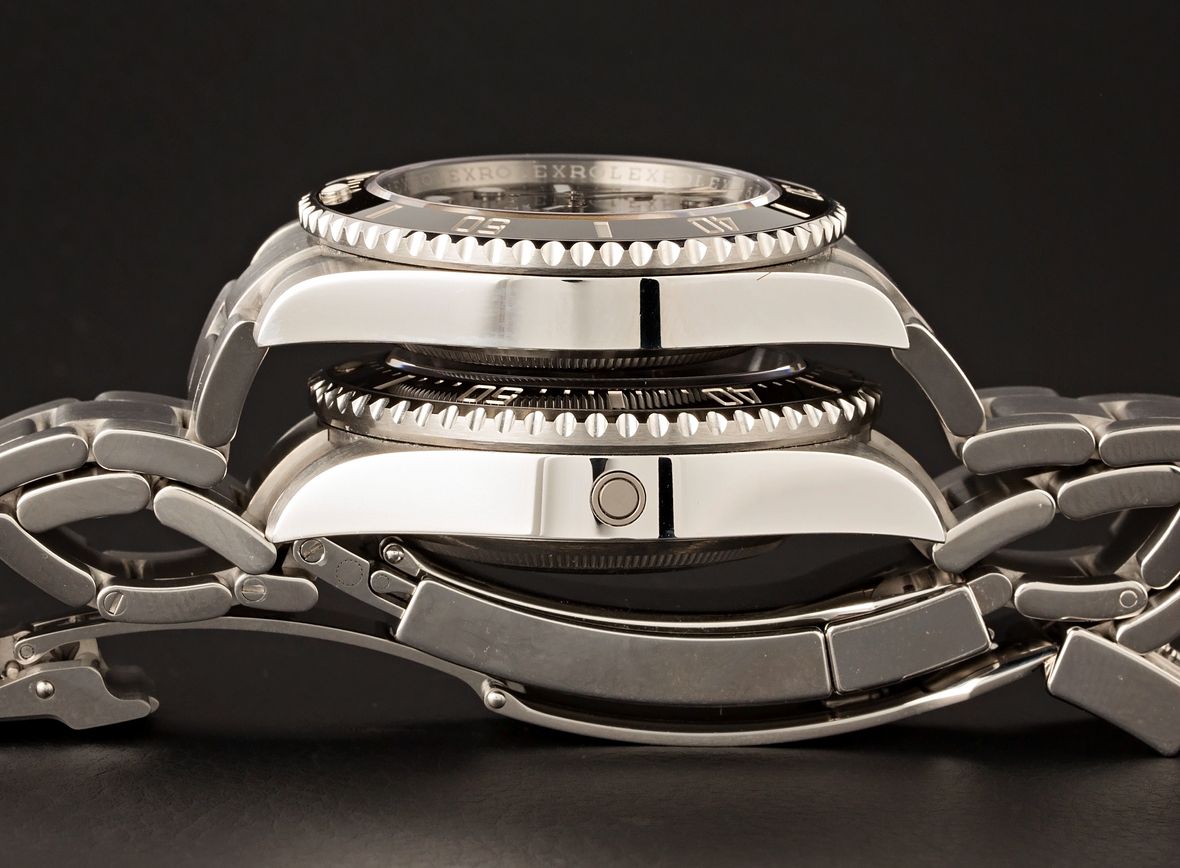
Do You Need A Helium Escape Valve?
Now, the real question is do you actually need a helium escape valve? In all honesty, probably not. Unless you are one of a very small handful of elite commercial divers who actually saturation dive as part of their duties, you more than likely do not need a helium escape valve on your watch at all. In fact, you’d be hard-pressed to even find a real-world situation in which you could use your helium escape valve (even just for the novelty of it), as they really are only useful during decompression after spending an extended amount of time in a highly pressurized, helium-rich environment.
Among all the professional divers on this planet (which is already a relatively small number of individuals), only a small percentage actually work in environments where saturation diving is required, and unless you find yourself living in a dry pressurized environment and working deep below the surface of the ocean for days or weeks at a time, then you probably don’t need a helium release valve on your watch. With the sole exception being those commercial divers who actually find themselves in saturation diving environments, most professional divers actually prefer that their dive watches do not have helium escape valves, since an additional hole in the case is just one more potential point for moisture ingress should the gaskets fail.
So, why do so many dive watches have helium escape valves when there are so few people who actually require this highly specialized feature? Simply put, because they are fascinating pieces of technology and they represent a unique and important time in wristwatch history when humans were pushing the boundaries of what was considered possible. If we are being brutally honest with ourselves, most of the features and complications that exist on modern watches are not ones that we actually need or use in our everyday lives. Instead, we appreciate them primarily for their aesthetics and historical significance, and when it comes to helium escape valves, today’s watch collectors enjoy them because they are symbolic of a time when humans were first beginning to conquer the underwater world.
